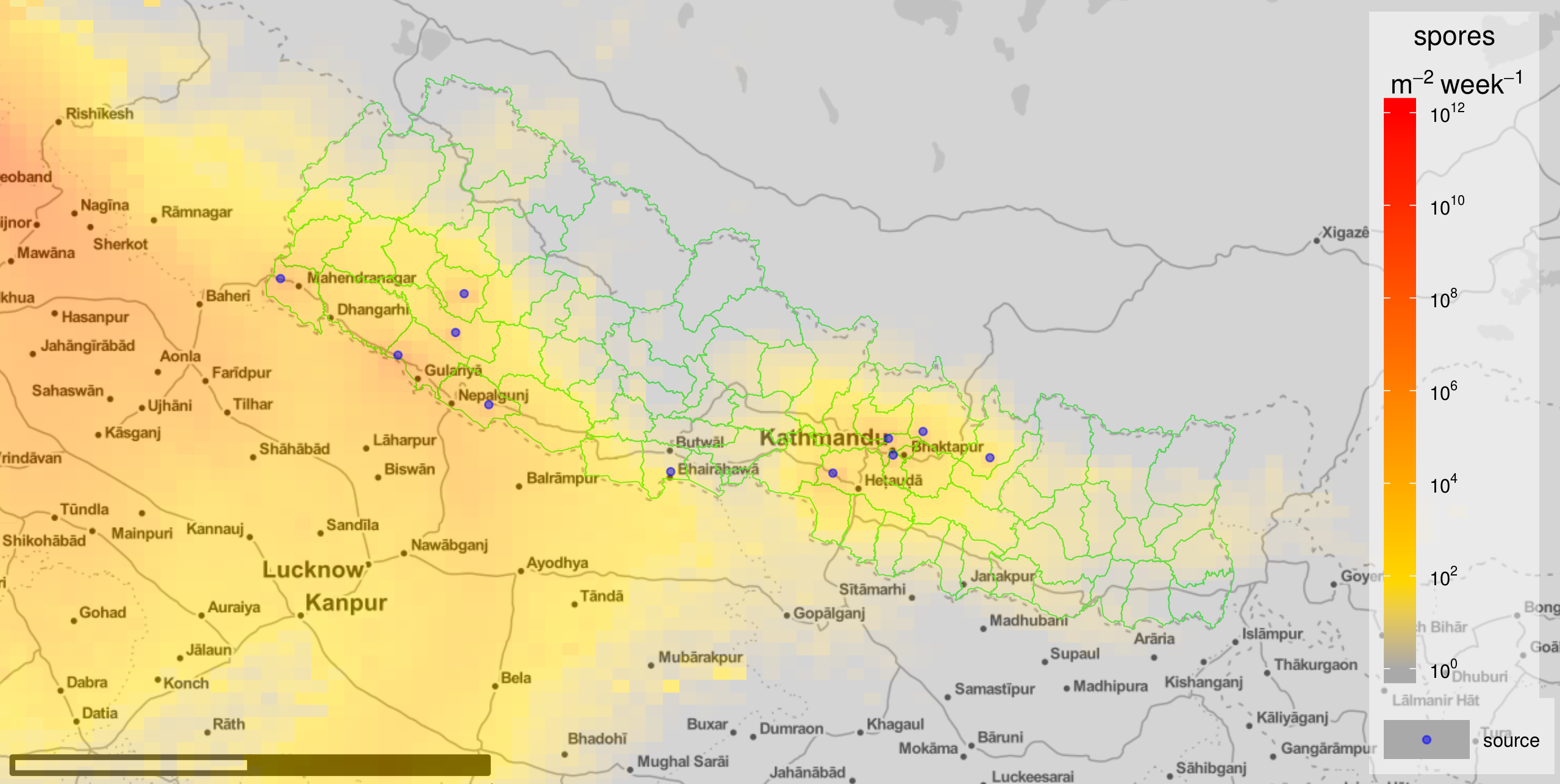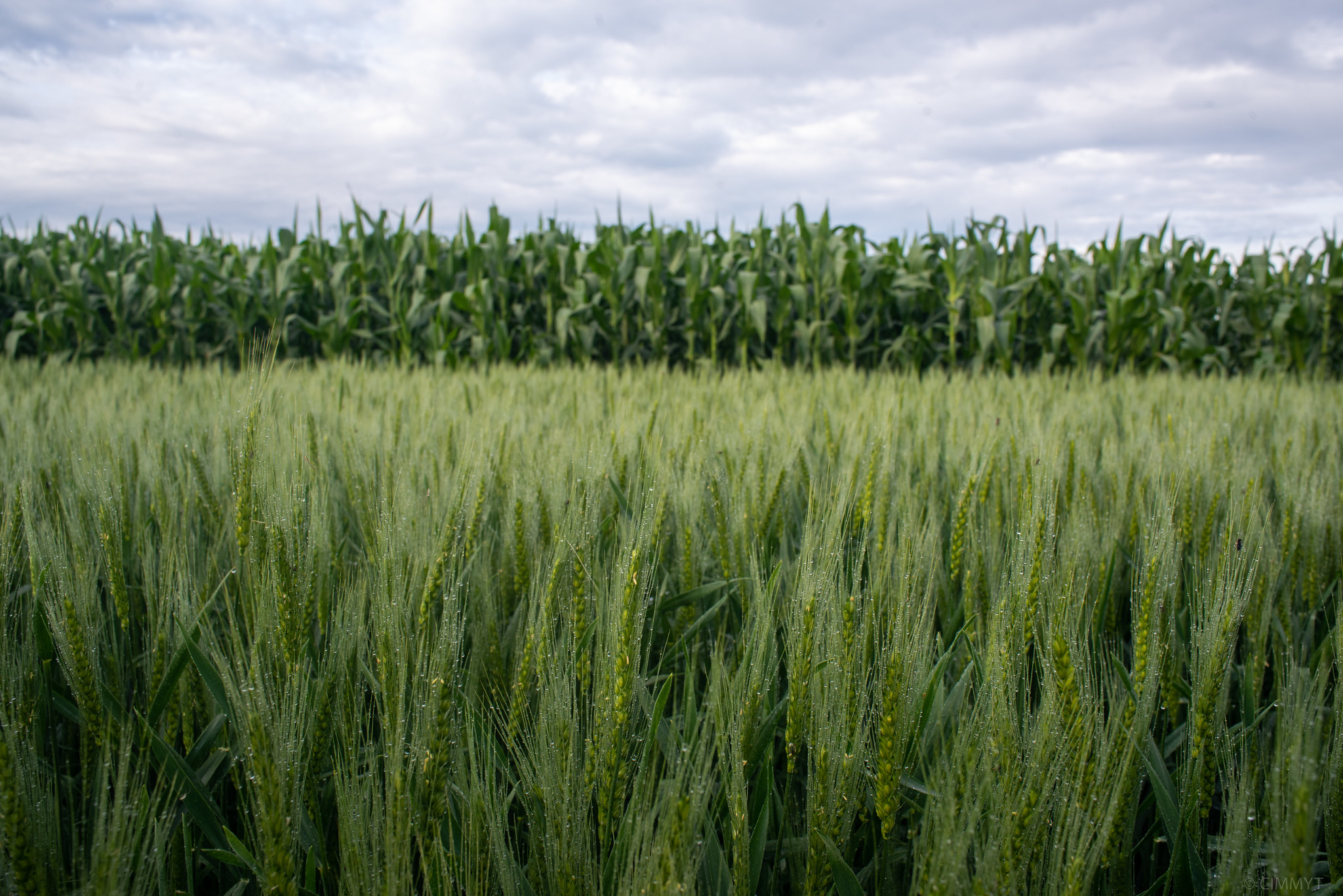Nearly 65,000 farmers in Nepal, 40% of which were women, have benefited from the Agronomy and Seed Systems Scaling project, according to a comprehensive new report. This project is part of the Cereals Systems Initiative for South Asia (CSISA), led by the International Maize and Wheat Improvement Center (CIMMYT) and supported by USAID.
One of the project’s most recent successes has been in accelerating the adoption of the nutritious and stress-tolerant mung bean in rice-wheat farming systems.
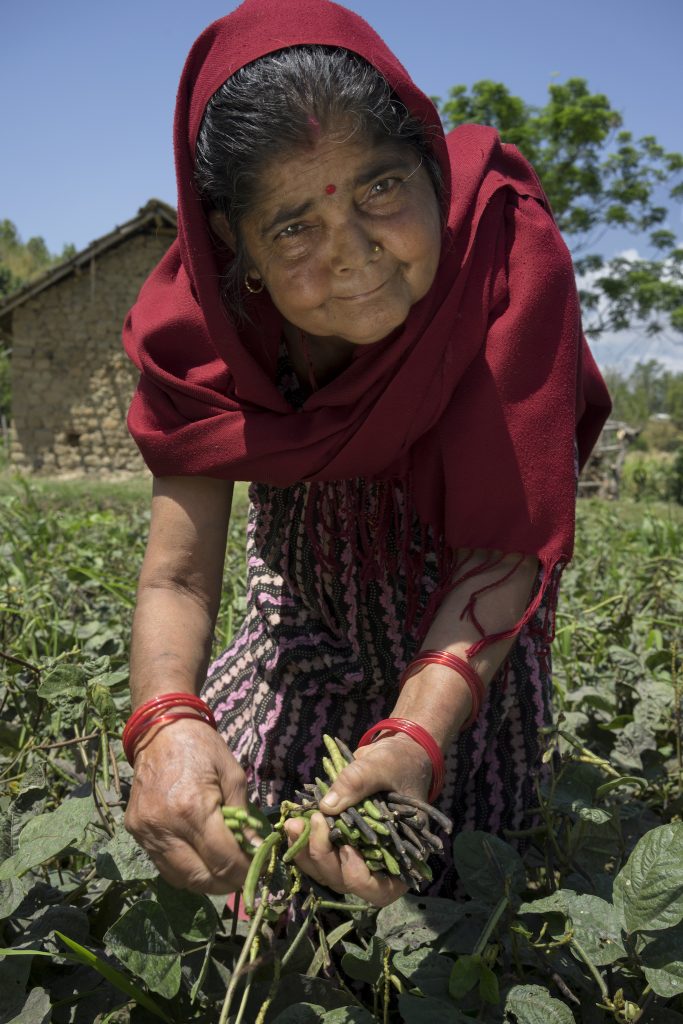
Rice-wheat is the dominant cropping system in the lowland region of Nepal. Farmers typically harvest wheat in March and transplant rice in July, leaving land fallow for up to 100 days. A growing body of evidence shows, however, that planting mung bean during this fallow period can assist in improving farmers’ farming systems and livelihoods.
“The mung bean has multiple benefits for farmers,” says Narayan Khanal, a researcher at CIMMYT. “The first benefit is nutrition: mung beans are very rich in iron, protein and are easily digestible. The second benefit is income: farmers can sell mung beans on the market for a higher price than most other legumes. The third benefit is improved soil health: mung beans fix the nitrogen from the atmosphere into the soil as well as improve soil organic content.”
Commonly used in dishes like dahl, soups and sprout, mung beans are a common ingredient in Asian cuisine. However, prior to the project, most farmers in Nepal had never seen the crop before and had no idea how to eat it. Encouraging them to grow the crop was not going to be an easy task.
Thanks to dedicated efforts by CIMMYT researchers, more than 8,000 farmers in Nepal are now cultivating mung bean on land that would otherwise be left fallow, producing over $1.75 million of mung bean per year.
The newfound enthusiasm for growing mung bean could not have been achieved without the help of local women’s farming groups, said Timothy J. Krupnik, CIMMYT senior scientist and CSISA project leader.
Bringing research and innovations to farmers’ fields
Introducing the mung bean crop to farmers’ fields was just one of the successes of Agronomy and Seed Systems Scaling, which was an added investment by USAID in the wider CSISA project, which began in 2014. The project aims to move agronomic and crop varietal research into real-world impact. It has helped farmers get better access to improved seeds and machinery and strengthened partnerships with the private sector, according to Khanal.
CSISA support in business mentoring and capacity building of seed companies to popularize newly released, biofortified and stress-tolerant wheat varieties has led to seed sales volumes tripling between 2014 to 2019. The project also led to a 68% increase in the number of new improved wheat varieties since the inception of the project.
Nepal’s National Wheat Research Program was able to fast track the release of the early maturing variety BL 4341, by combining data generated by the project through seed companies and the Nepal Agricultural Research Council (NARC) research station. Other varieties, including Borlaug 100 and NL 1327, are now in the pipeline.
Empowering women and facilitating women’s groups have been critical components of the project. Nepal has seen a mass exodus of young men farmers leaving the countryside for the city, leaving women to work the farms. CIMMYT worked with women farmer groups to expand and commercialize simple to use and affordable technologies, like precision seed and fertilizer spreaders.
Over 13,000 farmers have gained affordable access to and benefited from precision agriculture machinery such as two-wheel ‘hand tractors’ and ‘mini tillers.’ This is a major change for small and medium-scale farmers in South Asia who typically rely on low horsepower four-wheel tractors. The project also introduced an attachment for tractors for harvesting rice and wheat called the ‘reaper.’ This equipment helps to reduce the costs and drudgery of manual harvesting. In 2019, Nepal’s Terai region had almost 3,500 reapers, versus 22 in 2014.
To ensure the long-term success of the project, CSISA researchers have trained over 2,000 individuals from the private and public sector, and over 1,000 private organizations including machinery manufacturers and agricultural input dealers.
Researchers have trained project collaborators in both the public and private sector in seed systems, resilient varieties, better farming practices and appropriate agricultural mechanization business models. These partners have in turn passed this knowledge on to farmers, with considerable impact.
“The project’s outcomes demonstrates the importance of multi-year and integrated agricultural development efforts that are science-based, but which are designed in such a way to move research into impact and benefit farmers, by leveraging the skills and interests of Nepal’s public and private sector in unison,” said Krupnik.
“The outcomes from this project will continue to sustain, as the seed and market systems developed and nurtured by the project are anticipated to have long-lasting impact in Nepal,” he said.
Download the full report:
Cereal Systems Initiative for South Asia: Agronomy and Seed Systems Scaling. Final report (2014-2019)
The Cereal Systems Initiative for South Asia (CSISA) is led by the International Maize and Wheat Center (CIMMYT), implemented jointly with the International Food Policy Research Institute (IFPRI) and the International Rice Research Institute (IRRI). CSISA is funded by the U.S. Agency for International Development (USAID) and the Bill & Melinda Gates Foundation.
Cover photo: A member of a women farmers group serves a platter of mung bean dishes in Suklaphanta, Nepal. (Photo: Merit Maharajan/Amuse Communication)
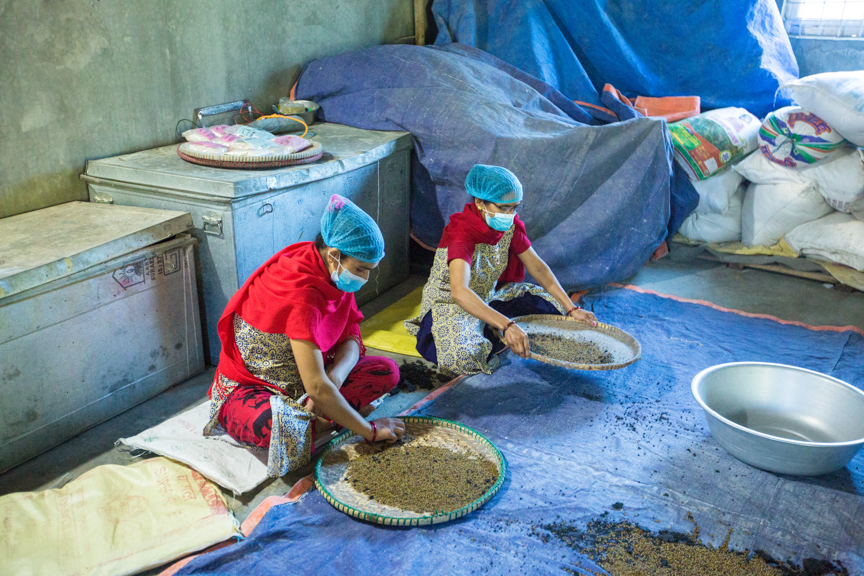
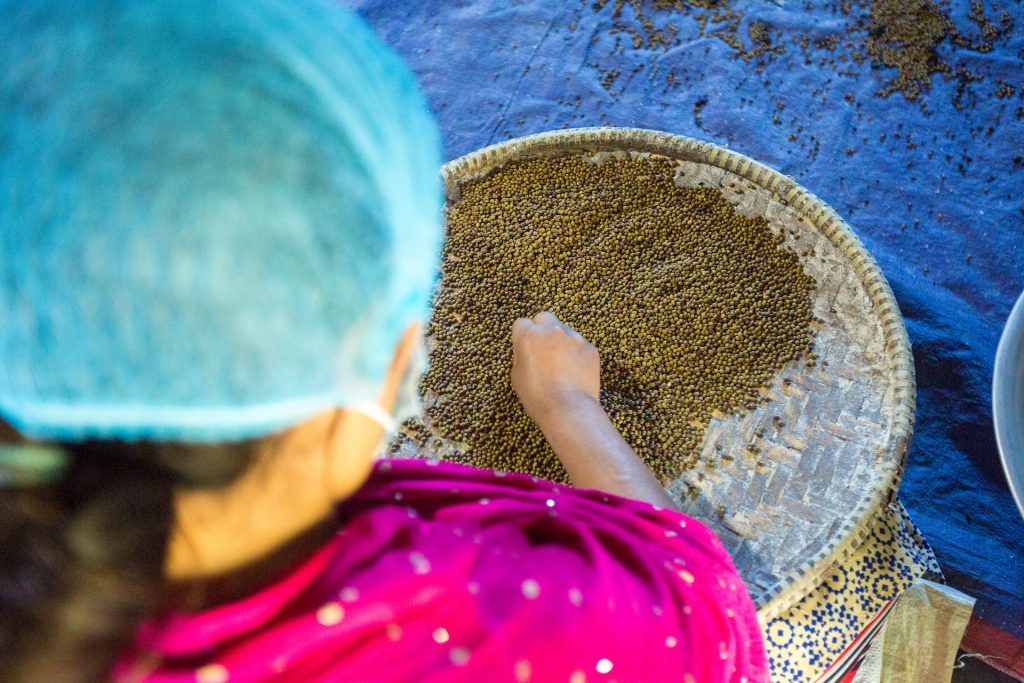
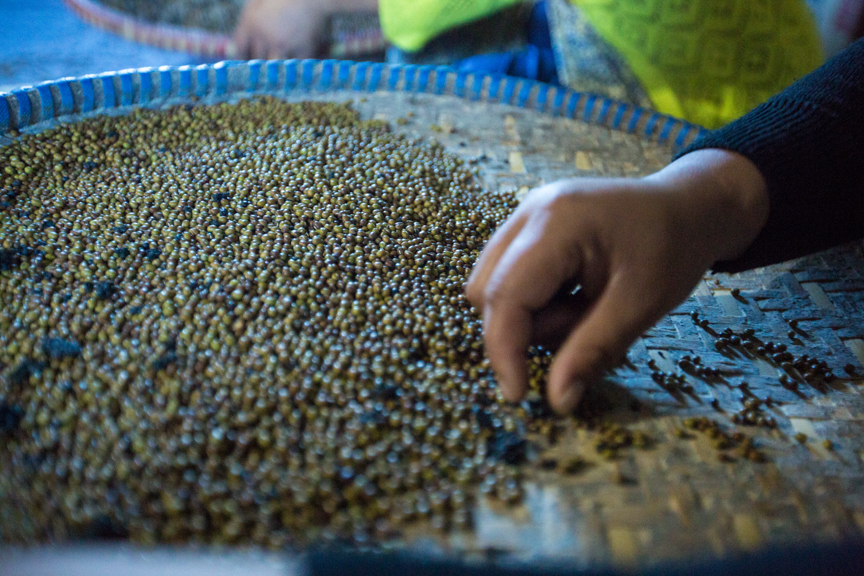
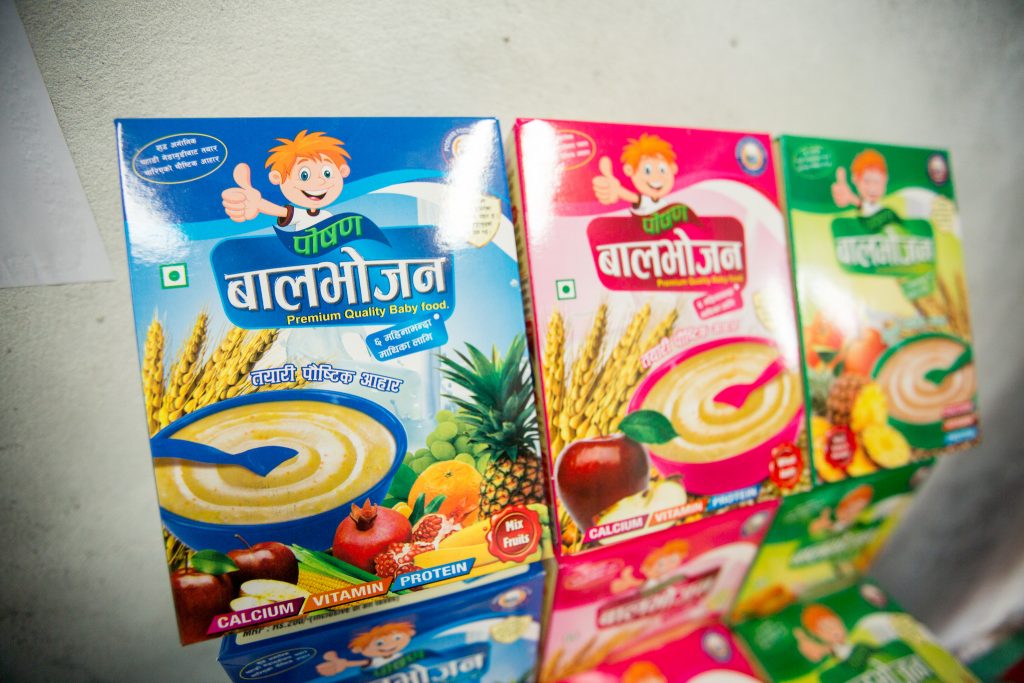
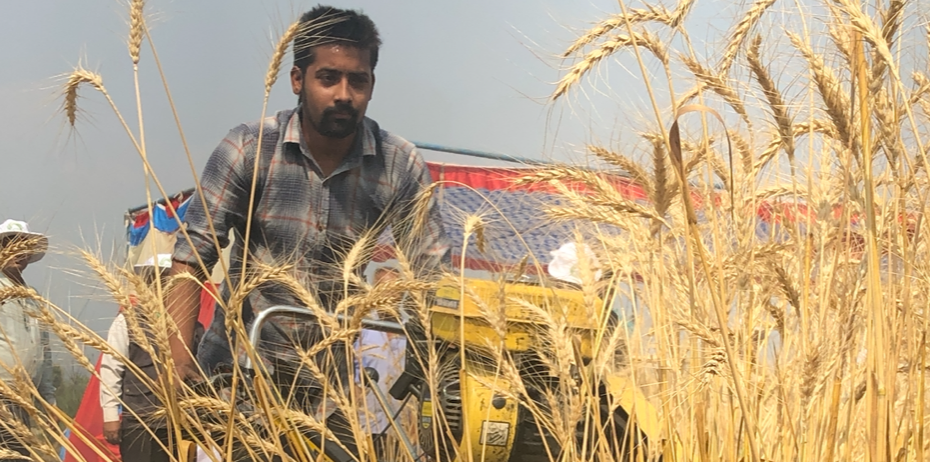
 Innovations
Innovations 